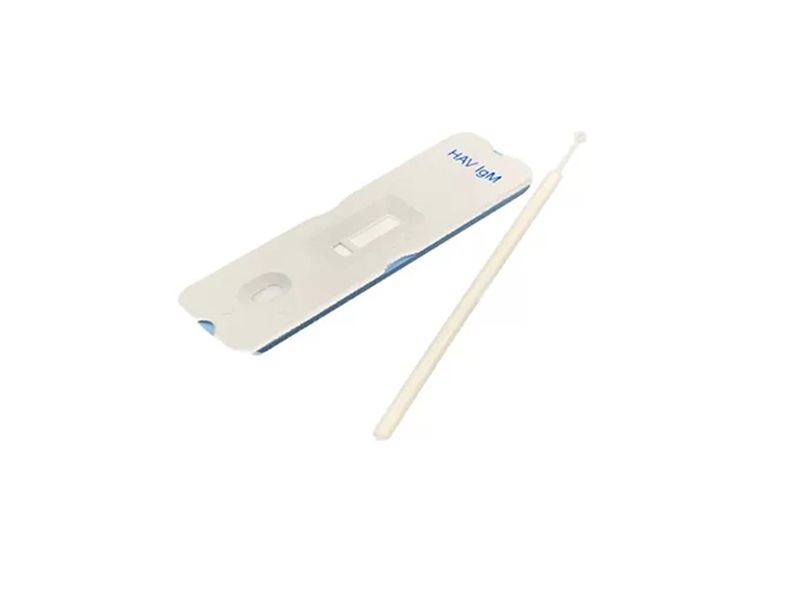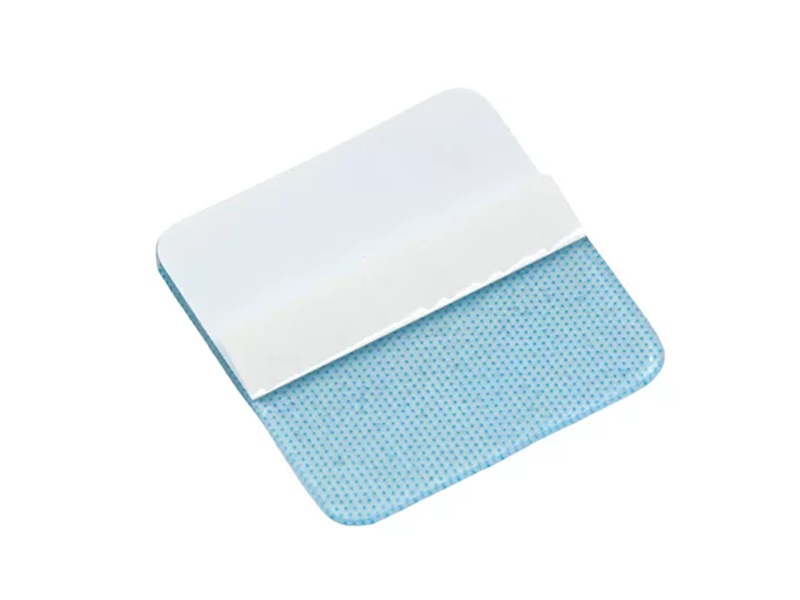Clean the stains on the cable surface in time after use, avoid pulling or twisting the cable, and store it neatly to avoid excessive bending. Check the cable interface regularly to see if it is loose or damaged. If there is any problem, repair or replace it in time.
Products
- Medical Dressings and Bandaging Products
- Medical Waste Disposal Products
- In Vitro Diagnostic Reagents
- Respiratory Products
- Urology Products
- Infusion Products
- Operating Room Infection Control Products
- Commercial Medical Consumables
- Anesthesia Products
- First Aid Products
- Personal Care Products
- Rehabilitation Products
- Home Medical Equipment
- Animal Test Kits
- Animal Infusion Products
- Animal Diagnostic Equipment
- Animal Medical Consumables
What are you looking for?


























